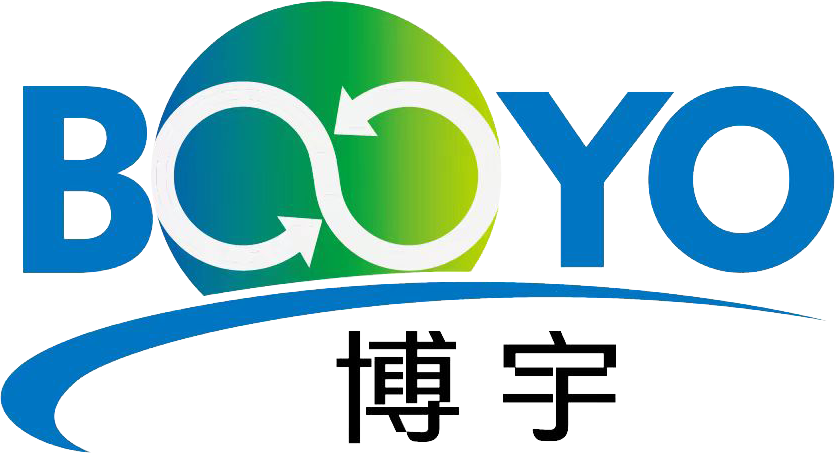
Our News
Find out about our latest news here.
Latest News
- ▶ What Is a Tray-Type Deaerator?
- ▶ Application of TEG Absorber in Natural Gas Dehydration System
- ▶ Applications of Tower Vessels in the Petrochemical Industry
- ▶ Industrial Tower Vessels and Process Columns for Gas Treatment and Petrochemical Applications
- ▶ Applications of Heat Exchangers in the Petrochemical Industry
- ▶ Precision Manufacturing of Boiler Tubes and Serpentine Coils — Boyu Heavy Industry’s Advanced Heating Surface Technology
Message
1. Overview
In natural gas processing, removing water vapor is a critical step before compression, transportation, or liquefaction. Excess moisture can cause hydrate formation, corrosion, and pipeline blockage, leading to serious safety and reliability issues.
The TEG absorber—also known as a Triethylene Glycol (TEG) Contactor Tower—is the core equipment of the glycol dehydration system. It effectively lowers the gas dew point, ensuring safe and stable operation in downstream processes.
2. Working Principle
The TEG absorber operates on the principle of countercurrent gas–liquid absorption:
Wet natural gas enters from the bottom of the tower.
Lean TEG (high-purity triethylene glycol, typically ≥99 wt%) is introduced from the top.
As the gas rises and the glycol flows downward, TEG strongly absorbs water vapor from the gas stream.
Dry gas exits from the top, while rich TEG (water-saturated glycol) collects at the bottom and is sent to the regeneration unit for reconditioning.
This simple yet highly efficient process has made TEG dehydration one of the most widely used and economical gas-drying methods in the oil and gas industry.
3. Equipment Structure
The TEG absorber is usually a vertical pressure vessel designed for medium to high pressures (typically 30–80 bar).
Its internal structure commonly includes:
Inlet Scrubber – removes liquid droplets and solid impurities from the incoming gas;
Packing or Trays – provide a large surface area for efficient gas–liquid contact;
TEG Distributor – ensures uniform liquid distribution from the tower top;
Demister Pad – prevents glycol carryover to the gas outlet;
Rich TEG Outlet – discharges water-laden glycol to the regeneration system.
The combination of these internal elements determines the dehydration efficiency and long-term reliability of the tower.
4. Operation with the Regeneration System
The TEG absorber does not operate independently—it forms a closed-loop dehydration process together with the TEG regeneration unit.
During operation, rich TEG from the bottom of the absorber first passes through a flash drum to remove light hydrocarbons, then flows to the regeneration column.
In the reboiler and regeneration tower, the absorbed water is boiled off, restoring the glycol to a lean TEG state.
After cooling and filtration, the regenerated TEG is pumped back to the top of the absorber for reuse.
This continuous circulation enables stable performance, low energy consumption, and minimal maintenance.
5. Typical Operating Parameters
6. Application Fields
TEG absorbers are widely used in:
Onshore and offshore gas processing facilities
LNG pre-treatment systems
Pipeline dehydration stations
Refinery and petrochemical gas treatment units
Their simple design, stable operation, and cost-effectiveness make glycol dehydration the dominant technology in the global natural gas industry.
7. Technical Advantages
High water removal efficiency and low outlet dew point
Continuous, fully automated operation
Low regeneration energy consumption
Proven mechanical design with long service life
Compact and modular for skid-mounted installation
8. Conclusion
The TEG absorber is the heart of every natural gas dehydration system.
By working in conjunction with the regeneration unit, it enables continuous removal of moisture from wet natural gas, guaranteeing corrosion-free and safe transportation.
With ongoing improvements in internal design, heat integration, and automation, modern TEG systems deliver enhanced energy efficiency and environmental performance—solidifying their role as an indispensable technology in gas processing plants.
PROFESSIONAL CONSULTATION
If you are interested in our products and want to know more details, please leave a message here, we will reply you as soon as we can.